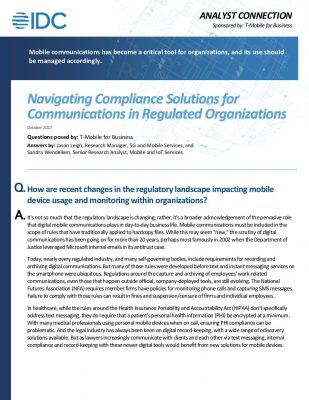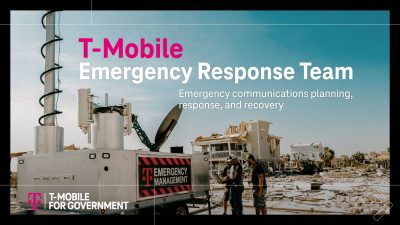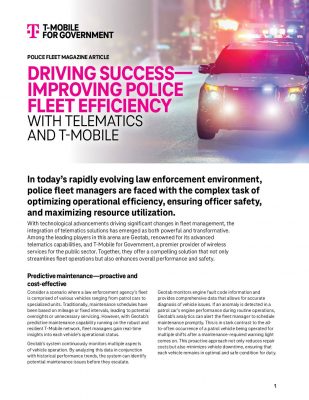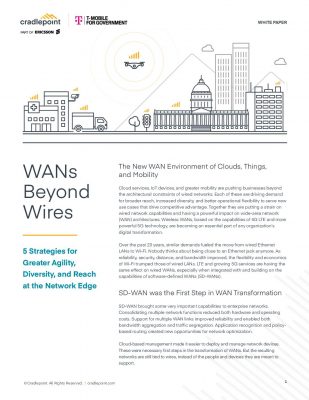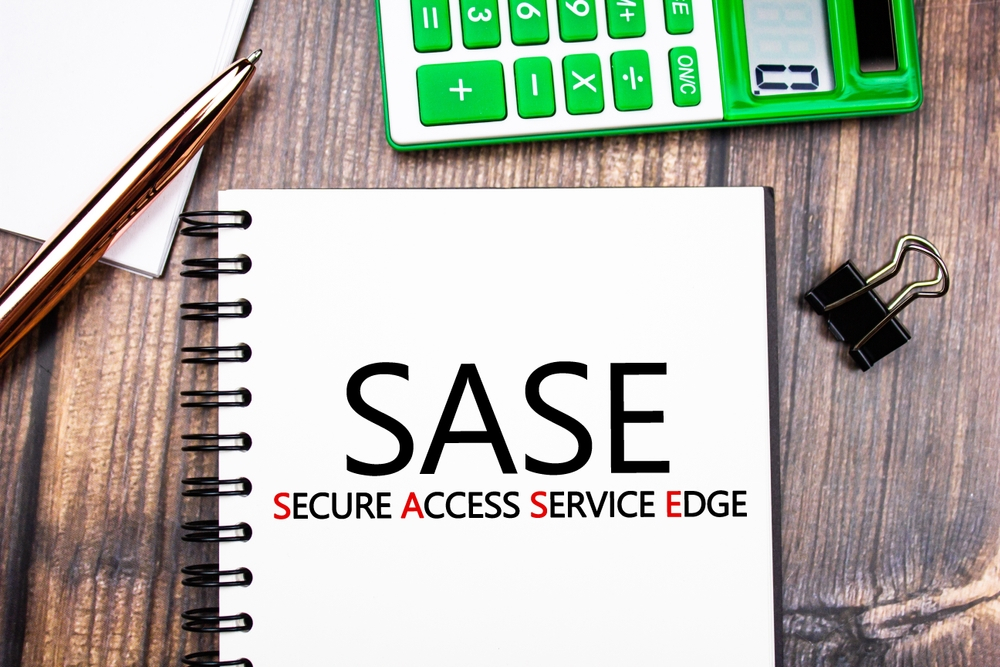Highlights:
- Beyond identity verification, a SASE approach incorporates additional factors such as geolocation, device posture, adherence to enterprise security standards, and continuous risk/trust evaluation when formulating access policies.
- Instead of grappling with standalone solutions designed in silos, secure access service edge solution empowers organizations to establish, modify, and enforce security policies seamlessly across all locations, users, devices, and applications through a singular interface.
Confronted by evolving threats, heightened competition, and shifting work paradigms, conventional network perimeters are fading away in favor of streamlined, cloud-based networks governed by zero-trust principles. IT and Security teams are tasked with addressing stringent business and security requirements, streamlining and optimizing technologies, and facilitating seamless connectivity for a hybrid workforce, customers, and a partner ecosystem.
Secure Access Service Edge (SASE) empowers businesses to steer their digital transformation at a customizable pace. Still confused about what it is? Worry no more!
What Is a Secure Access Service Edge (SASE)?
SASE, short for Secure Access Service Edge and pronounced as “sassy,” originated from Gartner’s 2019 report titled “The Future of Network Security is in the Cloud.” It represents the convergence of WAN capabilities and network security functions. This integration aims to provide enterprises with enhanced agility, robust and reliable network performance, in-depth visibility and control across diverse IT environments, and additional benefits.
It’s important to note that SASE differs from Security Service Edge (SSE), as Gartner defines SSE as a subset of SASE. SSE concentrates explicitly on the security services required from a secure access service edge (SASE) provider.
Unlocking the Power of Secure Access Service Edge (SASE) Providers
While many Chief Information Officers and Chief Information Security Officers recognize the financial benefits of cloud adoption, here are the critical considerations while they migrate:
-
Validating cloud-native architecture
A SASE solution should inherently embody a cloud-native design capable of managing all network edges, including on-site, mobile, and cloud.
-
Assessing global network performance
Geographical limitations should not constrain SASE. It should ensure optimal performance on a global scale, backed by a robust SLA-supported private backbone to maintain consistent performance worldwide.
-
Verifying zero trust network access (ZTNA)
Zero trust network access is pivotal for a comprehensive secure access service edge (SASE) deployment. Traditional security measures lose effectiveness once breached. ZTNA enables organizations to grant least-privileged access based on specific user identities and their relationship to cloud, mobile, and on-site resources.
-
Balancing simplicity and cost-effectiveness
Implementing a secure access service edge (SASE) should result in a reduction of both cost and network complexity. The objective is to minimize capital and operational expenses, primarily by diminishing the reliance on multiple physical appliances. Additionally, an intuitive management interface is critical for streamlined operations.
-
Ensuring scalability and flexibility
A proficient SASE solution must possess scalability to meet an organization’s future requirements. It should also demonstrate adaptability, integrating seamlessly with legacy systems and supporting emerging technologies.
-
Seeking multitenancy capabilities
A centralized approach to networking and security proves advantageous. Multitenant software solutions offer role-based access and simplify resource allocation and responsibilities.
-
Evaluating costs and associated features
Thoroughly analyze the cost vis-à-vis the features provided. Take into account potential integration costs with third-party software. Scrutinize the Service Level Agreement (SLA) and associated expenses to understand the overall investment comprehensively.
Understanding the key advantages becomes paramount once you’ve made an informed decision about your SASE provider.
What Are the Key Benefits of Secure Access Service Edge (SASE)?
Secure access service edge (SASE) architecture presents many advantages over traditional, data center-centric network security models, ushering in a new era of enhanced security, streamlined operations, and improved user experiences.
A. Reduced risk through zero-trust principles
- Zero trust security models: SASE strongly emphasizes the zero trust security model. This paradigm withholds user access to applications and data until their identity is rigorously verified. This verification remains necessary even if the user is confined to a private network’s perimeter.
- Comprehensive access policies: Beyond mere identity verification, a SASE approach incorporates additional factors such as geolocation, device posture, adherence to enterprise security standards, and continuous risk/trust evaluation when formulating access policies. This holistic approach significantly diminishes security risks.
B. Minimized costs through platform consolidation
- Convergence of security solutions: SASE consolidates disparate single-point security solutions into a unified, cloud-based service. This strategic consolidation allows enterprises to engage with fewer vendors, reducing time, money, and internal resource expenditures. It eliminates the need to force integration among disparate products, resulting in a more cost-effective security architecture.
C. Enhanced operational efficiency and agility
- Unified security policies: Instead of grappling with standalone solutions designed in silos, secure access service edge (SASE) vendors empower organizations to establish, modify, and enforce security policies seamlessly across all locations, users, devices, and applications through a singular interface.
- Effective troubleshooting: With a consolidated approach, IT teams can troubleshoot more efficiently, reducing time to resolve routine issues and fostering operational agility.
D. Improved user experience for hybrid work
- Network routing optimizations: SASE incorporates network routing optimizations that intelligently determine the fastest network path based on factors like congestion. This optimization is instrumental in reducing end-user latency.
- Global edge network: Securely routing traffic across a worldwide edge network positions SASE to process data as close to the user as possible. This proximity enhances user experiences by minimizing latency and ensuring seamless interactions with applications and data, a critical aspect of the evolving landscape of hybrid work environments.
In essence, SASE emerges as a transformative paradigm that fortifies security, streamlines operations and elevates the overall user experience, aligning with the dynamic needs of modern organizations.
The move to the cloud represents a valid, once-in-a-generation shift for IT organizations, their CIOs, and CISOs. Unfortunately, many organizations still feel their way toward best practices via trial and error. Organizations prioritizing digital transformation must also transform networking and security by moving key systems into the cloud. Reassessing legacy skill sets, budgets, and management structures is essential.
Conclusion
As organizations navigate the complexities of security and network transformation in secure access service edge (SASE), strategic decisions around ownership, convergence, and talent acquisition will play pivotal roles. Embracing change, fostering collaboration, and staying agile will empower organizations to thrive in the dynamic landscape of digital transformation. As the SASE-first enterprise emerges, those strategically adapting to the evolving landscape will be at the forefront of innovation and resilience.
Enhance your expertise by accessing a range of valuable technology-related whitepapers in our resource center.












